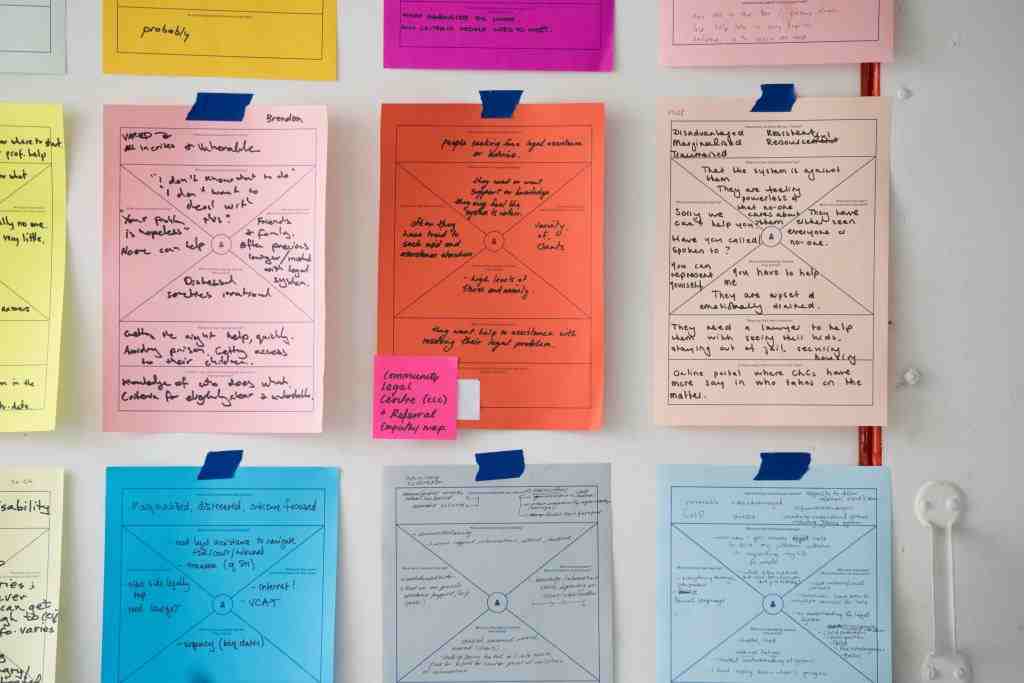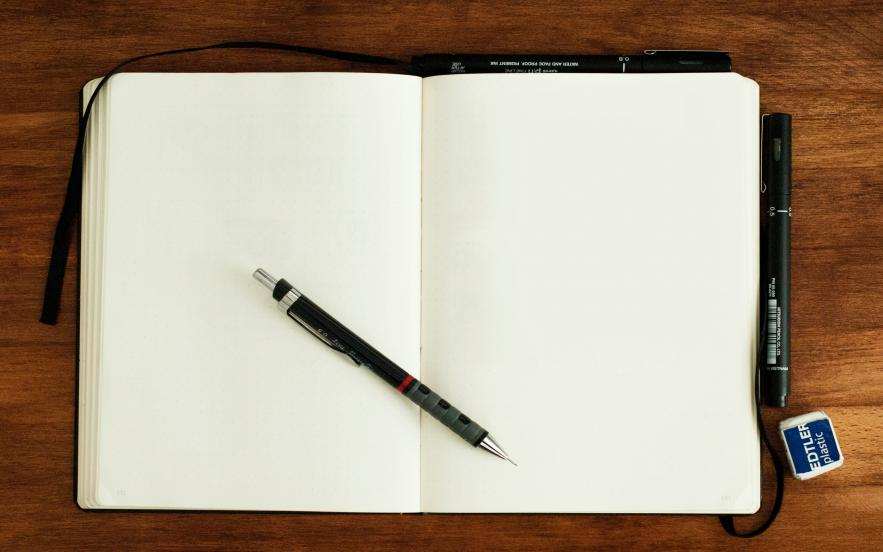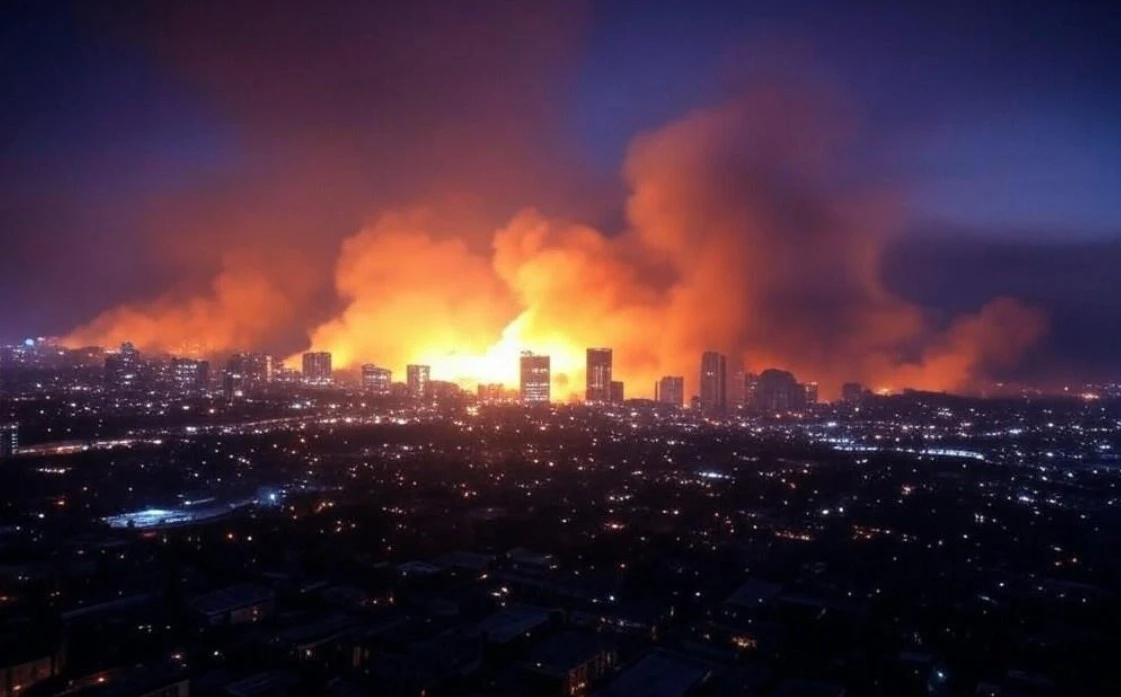Writing a Critical Thought Paper | Free Tips for You!
Published 07-13-2023
28819

Writing a Critical Thought Paper | Free Tips for You!
Scholars, researchers and students may be required to write a critical thought paper in the course of their academic journey. Literary Owls’ night owls are more than capable of providing critical thought paper writing advisory.
Basically, a critical thought paper is aimed at demonstrating an in-depth understanding of, as well as a reflection upon, articles that explore contemporary, often contentious, matters that impact a given industry that have been assigned to a student.
The student in this case is tasked with determining why the exploration of such industry-specific issues is important, and why the concerns raised are meaningful, while taking into account the current state of the pertinent industry.
The goal of writing a critical thought paper is to highlight an article’s main ideas while expanding upon them to highlight the article’s weaknesses and strengths as well as its relevance to the current issues affecting the industry. All this is done while connecting the article to the ideas and concepts learned in class.
Readers
The main reader of a critical thought paper is the professor, lecturer or instructor. Nonetheless, it is worth noting that a critical thought paper is similar to a report written in a specific field or industry. In this regard, the tone of a critical thought paper ought to be professional. Ideally, reports are crafted with the co-worker or supervisor in mind.
Given that co-worker’s (or supervisor’s) time is as valuable as yours, a report (or a critical thought paper in this case) should be concise and brief. Therefore, one ought to write their critical thought paper in a clear manner such that academic audiences beyond the field or industry are able to understand the discussions and analyses therein.
Organization
As stated earlier, a critical thought paper ought to be should be concise and brief. More often than not, the professor, lecturer or instructor states the required length but, a critical thought paper does not exceed three pages on average. As such, criticism and analysis should be to-the-point, and the article’s discussion should be succinct, for this reason. Unless your professor, lecturer or instructor tells you differently, the Publication Manual of the American Psychological Association (7th edition) should be used for citations and formatting.
J.L. Beyer in his book, “Critically Analyzing an Academic Article or Book,” stated that critical analysis papers (including critical thought paper) are generally organized as follows;
Introduction
The introduction of a critical thought paper should acquaint the reader with article being reviewed. This is achieved by providing a short summary of the purpose of the article as well as its main points. It is important to touch upon the article’s main points in the thesis statement in order to inform the reader about the points to be analyzed comprehensively.
The Body
A critical thought paper’s body should;
- Provide a recap of the article’s main arguments and ideas. It should explicitly inform the reader what hot topic or issue the addressed by the article, the relevance of the issue currently, and the position taken by the article’s writer or author on the issue.
- Evaluate the arguments presented by the article’s author. In this regard, a critical thought paper should inform the reader why the author argue that way, the evidence provided supporting the argument, and the viability (or lack thereof) the evidence.
- Analyze the arguments provided by the author. It should inform the reader whether the writer of the critical thought paper agrees with the arguments of the article’s author and why, and present evidence supporting this position.
Conclusion
A critical thought paper’s conclusion should provide a summary of your argument, reiterate the relevance of the issue, and restate your position (agree/disagree) regarding the position taken by the article’s author. Breaking down the main points presented in the critical thought paper makes it easy for the reader to understand how your thoughts link to connect to make a comprehensive and valuable argument.
A Critical Thought Paper Writing Process
When writing a critical thought paper, ensure that you devote a very small part to the summary. A summary is only necessary when the background information provided by the article is needed for supporting or understanding your argument.
By contrast, your critical thought paper should be majorly a detailed analysis and personal reflection. Careful and close reading is arguably the first and most important step in crafting critical thought papers as this helps in the analysis process.
Literary Owls has compiled some tips you can employ in careful and close reading and are listed below.
1. Start with the first reading, where you read all the way through the article once continuously without interruption.
In this initial reading, you only pause to search for meanings of new words (vocabulary) with which you are unfamiliar. Go through a selection once or twice more if you fail to understand a concept or passage. Mark the concept or passage if it still confuses you so that you look up later. Take notes where appropriate to help during the subsequent readings.
2. Upon completion of the first reading, go back to the article with the prompts below in your mind;
- Which point of view is taken by the author and which viewpoints does the article lack?
- What is the author’s bias in this article? Is this bias due to given information or lack thereof?
- In what way does the author support their thoughts? Is the information or data provided by the author verifiable/ reliable?
- Is there a chance that the author should have taken some evidence into account but failed to? What is the significance of this evidence?
- How is this article significant in the real-world? What relevant information (from the article) would you communicate to your superiors in your field or industry?
Literary Owls has compiled these tips (and the questions) with the objective of familiarizing you with the kind of evidence/research used by the author in addition to helping you understand the main points of the author.
By marking or highlighting the articles sections addressing these questions, you will easily be able to locate the information when writing your critical thought paper. Upon, highlighting, marking and taking short notes, leave the article for a while as you process the information in it and think of additional concerns and questions that may arise.
3. Prior to commencing on your third reading, think of persisting concerns or questions that you still have.
- Are the concerns or questions adequately dealt with in the article?
- If not dealt with adequately, does this fact contribute to the weakness of the article?
- Will the author’s arguments be stronger if these questions are addressed?
- What are your suggestions and/or recommendations?
If this multiple-stage reading process is followed to the latter, a scholar, researcher or student aiming to write a critical thought paper will develop a well-informed evidence-based article critique. Bear in mind that you are not bound to concur with everything that you read.
You are allowed, and encouraged, to ponder upon what you are reading and have an opinion about it. You do not have to take what you read at face value. Besides, you are not being compelled into believing it at all costs. Instead, you are encouraged to have an evidence-based opinion that is founded on facts as opposed to feelings.
A Process for Evaluating Your Draft
The beauty of writing a critical thought paper is that each person has his or her own writing style. This means that a scholar, researcher or student has plenty of leeway with a critical thought paper. It is important to go through examples of other papers before starting your piece as this assist you in understanding what they are better, and how to craft yours.
However, there are a few points that should be incorporated by everybody while writing this type of paper. Consider the questions below;
- Did your introductory summary capture the research and arguments in the article in a fair, accurate and objective manner?
- Was direct quotation of the thesis statement or summary of the author when recapitulating the article in your paper? The itch to do so suggests that the article’s main points were not understood, and the article may have to be reread. It is worth noting that in as much as it is acceptable, and often encouraged, use of direct quotes should be avoided writing a summary.
- Is the length of your article’s summary appropriate? Unless otherwise given specific directions by your instructor, lecturer or professor, your summary should take a few sentences in each paragraph of your critical thought paper. Besides, your main goal is analysis and not summarizing!
- Is your critical thought paper mainly an analysis? You will have to reread the article and refer to the notes you took if the majority of your paper is not accounted for by your analysis.
- Is theory, data, research, ethical frameworks and actual events, among others, supporting the author’s arguments evident in your analysis?
- Are the shortcomings in terms of the article’s main arguments, findings or data collection methods highlighted in your analysis?
- Has the relevance of the article to the issue being explored been stated in your analysis?
- Does your analysis show how the article is connected to the ideas and concepts learned in class?
- Have you included your own perspective vis-à-vis the author’s after reading the article?
- Did you maintain a professional tone throughout your critical thought paper? For instance, if your perspective different from that of the author, did you present your opinion respectfully?
- Have you demonstrated an excellent understanding of the article and offered your opinions thoughtfully?
Always approach your issue in a manner that leaves a lasting impression when writing your critical thought paper. This is more likely to arouse the reader’s (or professor’s) interest. Do not write the paper all at once. Instead, create time while working on critical thought paper to at least 24 hours apart as this will enable you to generate new thoughts.
Stuff To Look at Before Submitting Your Critical Thought Paper
- Start by evaluating whether you have talked about the article that you are analyzing in your critical thought paper. What is its key points and fresh information it offers?
- Delve into your reading process as a critical thought paper writer. Was the article difficult to read and understand? Does the article have jargon, information/data that you find challenging to grasp?
- Evaluate your article’s summary. Is it concise and succinct? Have you avoided direct quotations? That is, have you articulated the author’s arguments or ideas in your own words?
- Scrutinize your analysis. Have you devoted majority of your paper analyzing how the article’s parts are complementary and its relevance to the issue being explored? Have you identified and evaluated the hypotheses and evidence presented by the author? Did you demonstrate reflectiveness throughout the paper?
- Look at your response to the article. Is the tone used professional? Did you support your opinion with evidence or research?
- Did you organize your paper well? Is the flow logical, i.e. from summary to analysis? Have you met all the requirements given by your lecturer, instructor or professor?
- Is the formatting style appropriate? Did you incorporate your sources into your paper in a seamless manner? Did you paraphrase mostly and direct quotes minimally?
- Is your paper adequately proofread and edited? Are there syntax-related errors such as incorrectly placed semicolons and commas? Is your phrasing and word choice appropriate?
Avoid the following at all costs;
- "The article was easy or hard to grasp."
- "The study participants were 15 which, in my view, were very few.” Instead, ensure that you state the reason why the participants were few.
- Writing long summaries (say two pages) and wrapping it up with a statement such as "I love the article."
Consider using the following statements;
- In my opinion
- Because
- I think that
- For example
- It seems that
- I see that
- However
- Moreover
- In addition
- Consequently
- In conclusion
- Finally
Read our recent blog post to find additional transition words that you can use in writing your critical thought paper here: 150+ Transition Words for Essays
Literary Owls can help you with your Critical Thought Papers
The dreaded critical thought paper! A task that often leaves students scratching their heads, wondering where to even begin. You do not have to worry anymore, for Literary Owls is here to help you!
When tasked with writing a critical thought paper and the blank pages stare back at you with intimidating emptiness, where do you start? Well, Literary Owls is here to help you navigate the maze of critical analysis with ease. Our team of expert tutors, or night owls, will help you to dissect complex ideas, analyze arguments, and articulate your thoughts with clarity and precision.
But how does it work? It is simple. Just reach out to us with your assignment details, and our night owls will assist you in coming up with custom thesis statement or structuring your paper for maximum impact. In a nutshell, writing a critical thought paper can feel like a daunting task. However, Literary Owls is here to guide you with expertise with our personalized assistance!
Avail our essay, assignment and proofreading advisory services or delegate the entire task to our night owls by requesting our “write my essay” services when unable to write your critical thought paper on your own!




